Crew 205 Green Hab Report – 19-FEB-2019
GreenHab Officer: Nathan Hadland
Environmental control: Heating and Cooling w/ ambient air (1 hrs)
Shade Cloth (40%)
Average temperatures:
Low: 18.4°C
High: 31.7°C
Hours of supplemental light: 5 Hours
Daily water usage for crops: 7.5 gallons
Water in Blue Tank: ~ 198 gallons
Time(s) of watering for crops:
TIME NOTED TEMPERATURE(° C ) / HUMIDITY(%)
[AT TIME OF WATERING]
1) 09.30 AM 20.6° C / 27 %
2) 12.30 PM 31.4° C / 21 %
3) 15:30 PM 23.9° C / 22 %
4) 18:00 PM 23.5° C / 32 %
Changes to crops: More “Mystery Greens” began to sprout and sprouts were emerging around the planter.
Narrative: It is becoming clear that not all regolith simulants are created equal. Several Arabidopsis thaliana experiments are performing very well and others continue to dry out, likely due to the alkaline nature and wettability properties. In addition, the paper towel germinations have finished and we may transfer them to pots for future crews to maintain.
We are decreasing watering frequency due to the constant saturation of the soil and to allow the substrate to aerate. The door remained closed for most of the day due to the low ambient temperatures. However, when the environmental data was checked at noon, the temperature had jumped to 31 degrees C due to the intense sunlight. However, after approximately one hour of ambient airflow, the temperature had dropped to 19 degrees so the door was closed at 1330.
Harvest: None.
Support/supplies needed: None.


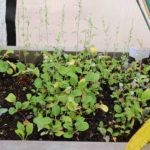
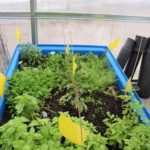
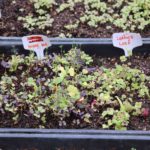
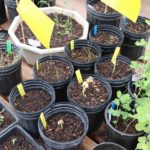
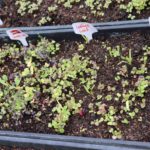
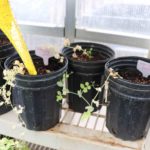
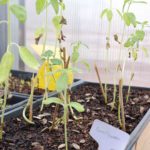
You must be logged in to post a comment.